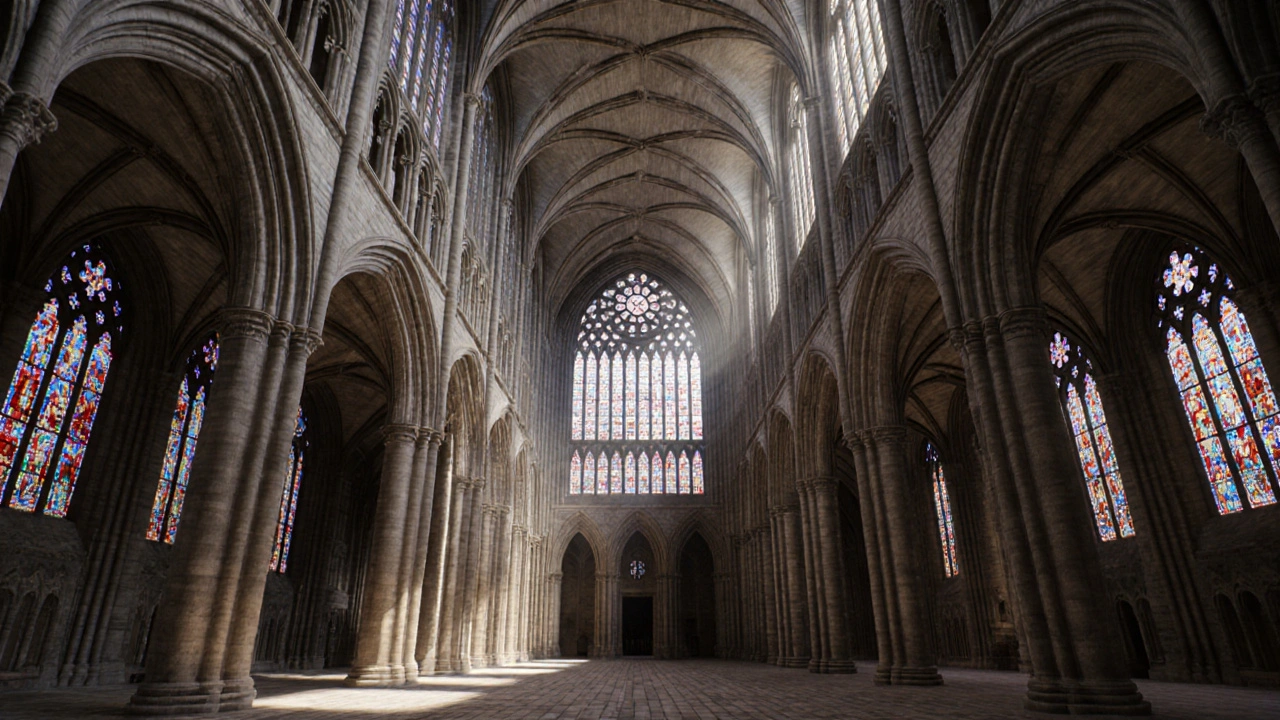Medieval Cathedral
When you walk past a medieval cathedral, a massive stone church built between the 9th and 16th centuries, often with towering spires and stained glass windows. Also known as Gothic cathedral, it was more than a place of worship—it was the heart of a city’s power, money, and identity. In London, these buildings weren’t just religious centers. They were political stage sets, economic engines, and monuments to the ambition of bishops and kings. The most famous one, Southwark Cathedral, the oldest church in London with roots going back to 606 AD, rebuilt in the 13th century after fires and wars, still stands with its original nave and medieval carvings. You won’t find the Tower of London’s grandeur here, but you’ll feel something deeper—the quiet weight of centuries.
These cathedrals were built with skills lost to time. Builders didn’t have cranes or blueprints. They used trial, error, and sheer muscle to lift tons of stone into the air. The pointed arches, ribbed vaults, and flying buttresses you see weren’t just pretty—they solved real problems. They let walls hold less weight, so windows could grow bigger, filling the space with colored light. That light? It wasn’t just for beauty. It told Bible stories to people who couldn’t read. The stained glass was the TV of the Middle Ages. And the carvings on the pillars? They weren’t decoration. They were warnings, prayers, and jokes carved by tired stonemasons who wanted to leave their mark.
London lost most of its medieval cathedrals. The Great Fire of 1666, the Reformation, and later wars tore them down or gutted them. But what’s left? St Bartholomew-the-Great, a 12th-century church in Smithfield, once part of a priory, now surviving as a quiet refuge amid city noise, still has its original Norman arches and crypt. You can touch the same stones that monks touched 800 years ago. These aren’t museums. They’re living ruins—places where history didn’t end, it just got quieter.
What you’ll find below isn’t a list of tourist stops. It’s a collection of real stories about how these buildings survived, how people used them, and why they still matter. You’ll read about hidden chapels, forgotten tombs, and the everyday lives of people who worked inside them. No fluff. No generic facts. Just the messy, human truth behind the stone.
